Andante Festivo (1922)
Jean Sibelius (1865 – 1957)
Saxophone Choir
with optional timpani
Andante Festivo by Jean Sibelius arranged for saxophone choir. This work is a single movement composition by Jean Sibelius written in 1922 originally scored for string quartet. In 1938, the composer arranged it for string orchestra and timpani. Full-voiced and sonorous, Andante Festivo is constructed as a smooth, continuous stream of hymn-like melodic phrases that flow in and out of each other. This arrangement is for saxophone choir SAATTBBs with optional timpani. Substitute parts are included for soprano and bass saxes to allow flexibility in your ensemble. This arrangement includes the following:
- Full Saxophone Choir Score
- Soprano Sax
- Alto Sax 1
- Alto Sax 2
- Alto Sax 3 – Soprano Sax Sub – OPTIONAL
- Tenor Sax 1
- Tenor Sax 2
- Bari Sax 1
- Bari Sax 2 – Bass Sax Sub – OPTIONAL
- Bass Sax – OPTIONAL
- Timpani – OPTIONAL
The original work for strings is set in the key of G major. This setting for saxophone choir has been transposed down to B flat major. An alto sax substitute for soprano sax part is provided but not shown in the score. No altissimo is required of any player and each part covers a moderate range. The piece may be performed without the timpani and bass sax/bari substitute but it is much more effective with them. Without the optional parts this arrangement is playable by an SAATTB ensemble.
- The range for each saxophone part is shown below.
- Audio and score excerpts are available above.
- Registered users can download a complete sample score and full length audio file of Andante Festivo on the ‘Samples’ tab.
About the Composer
 Johan Julius Christian “Jean” Sibelius (December 8, 1865 – September 20, 1957) was a Finnish composer of European classical music, and one of the most popular composers of the late nineteenth and early twentieth century. His music has played an important role in forming the Finnish national identity.
Johan Julius Christian “Jean” Sibelius (December 8, 1865 – September 20, 1957) was a Finnish composer of European classical music, and one of the most popular composers of the late nineteenth and early twentieth century. His music has played an important role in forming the Finnish national identity.
Among Sibelius’s most famous compositions are Finlandia, Valse Triste, the Violin Concerto, the Karelia Suite and The Swan of Tuonela (one of the four movements of the Lemminkäinen Suite). Other works including pieces inspired by the Kalevala, over 100 songs for voice and piano, incidental musicW for 13 plays, an opera (Jungfrun i tornet, translated The Maiden in the Tower), chamber music, piano music, 21 separate publications of choral music, and Masonic ritual music. Until about 1926 he was prolific; however, although he lived into his 90s, he completed almost no compositions in the last 30 years of his life after his seventh symphony (1924) and the tone poem Tapiola (1926).

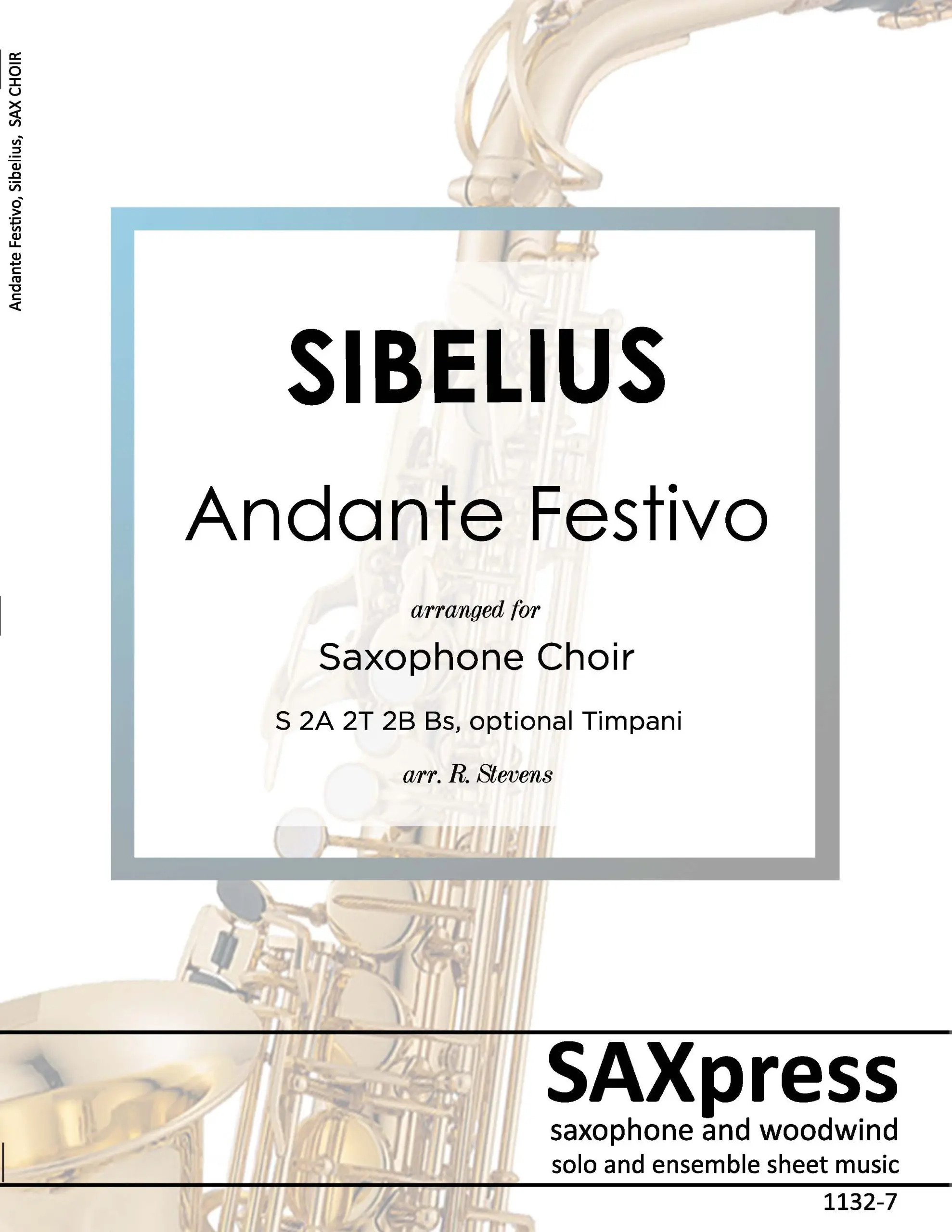
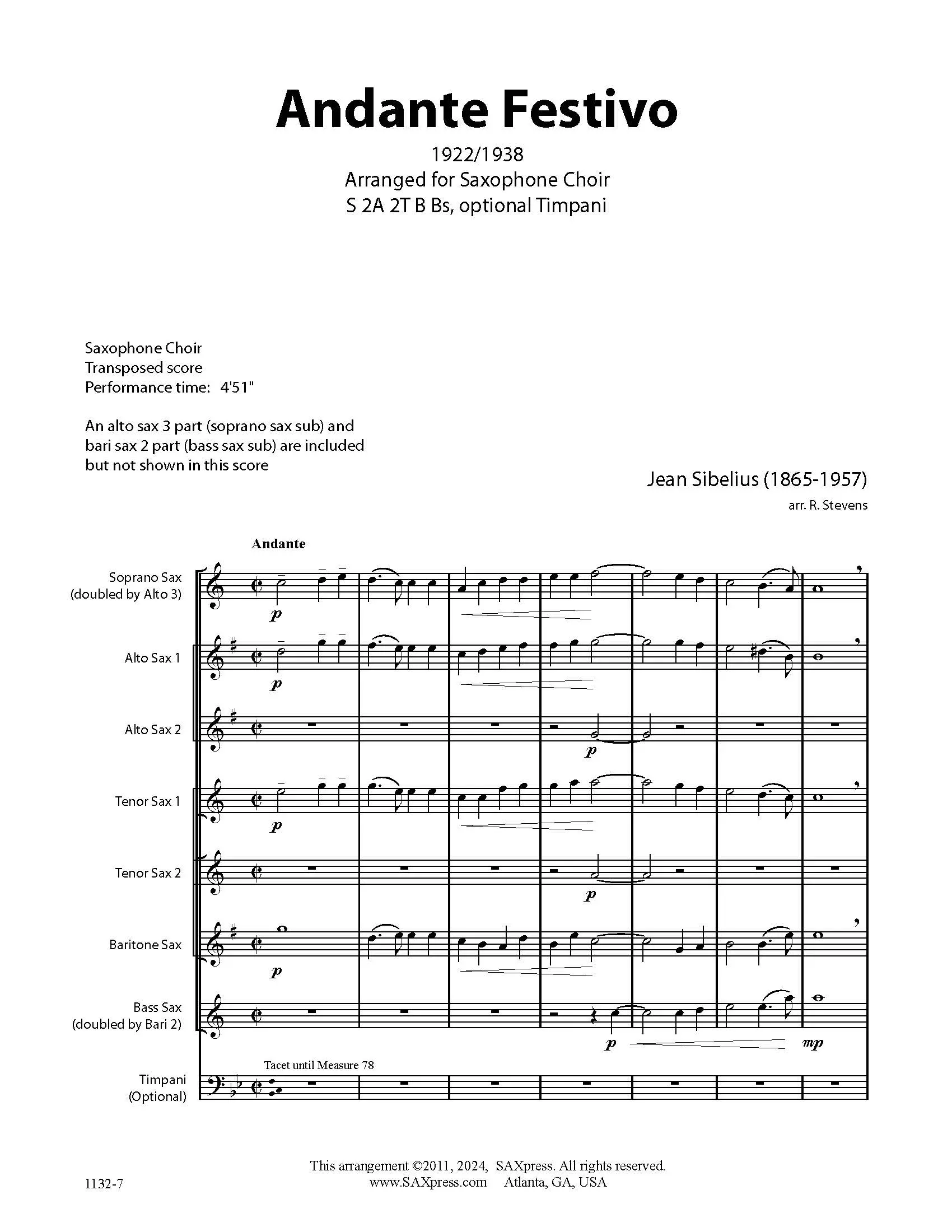
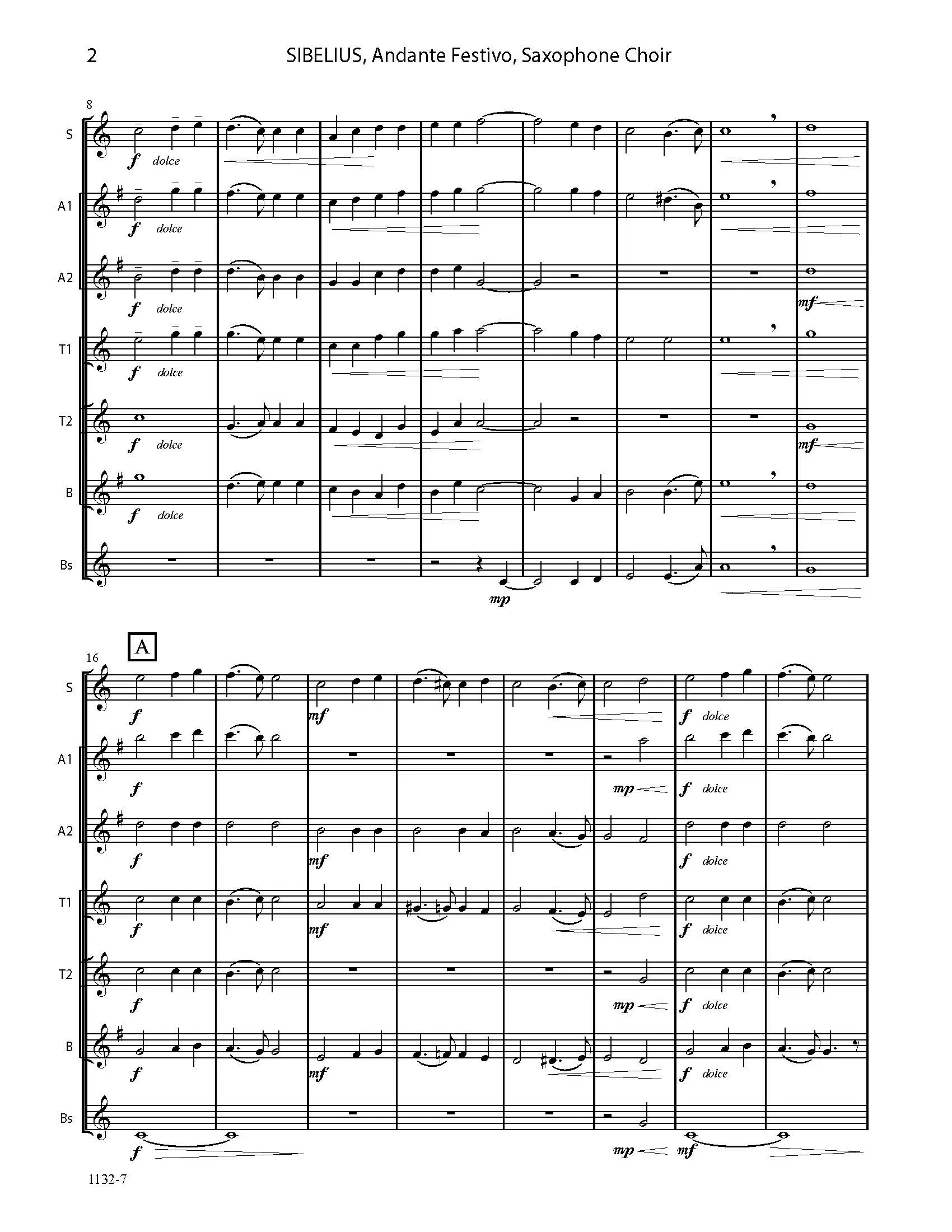
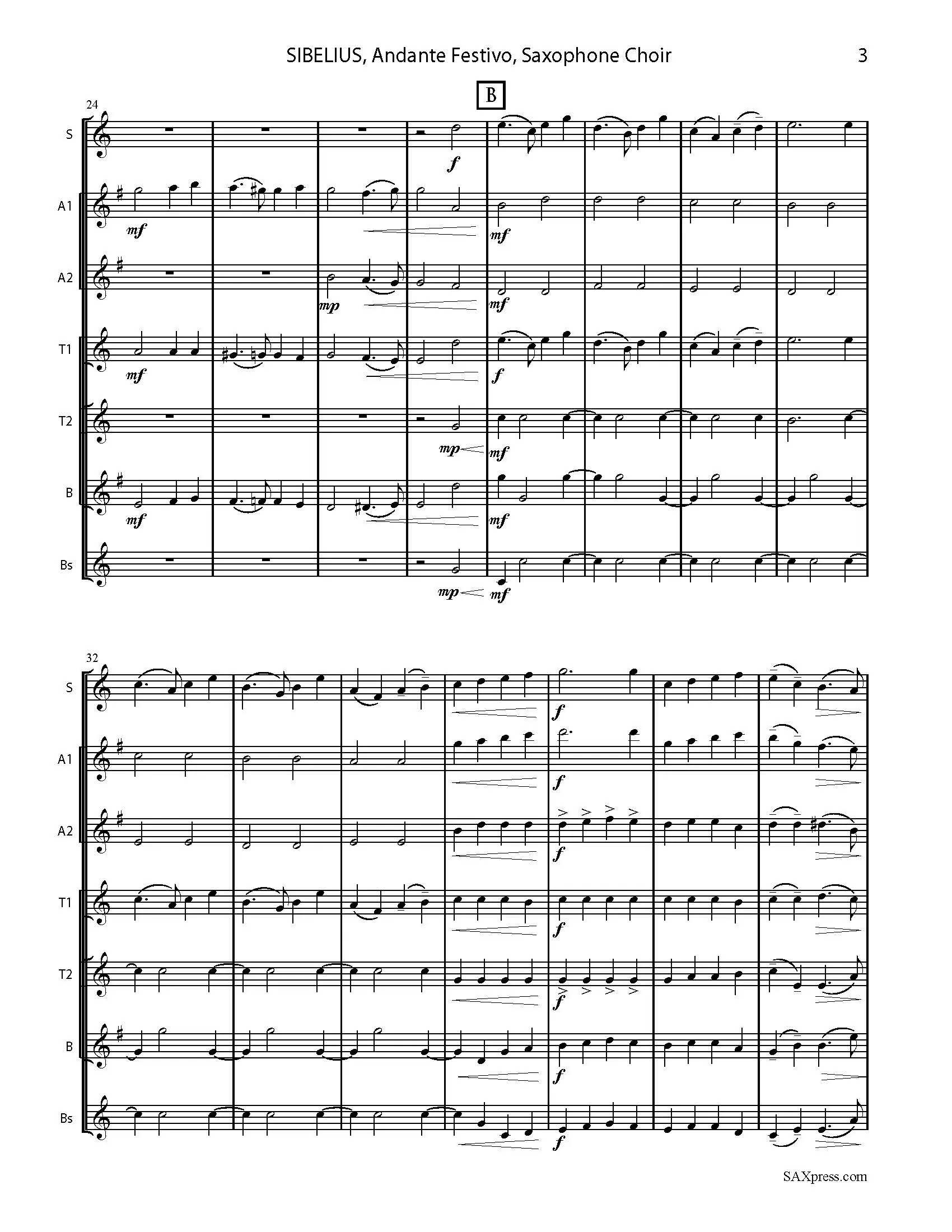
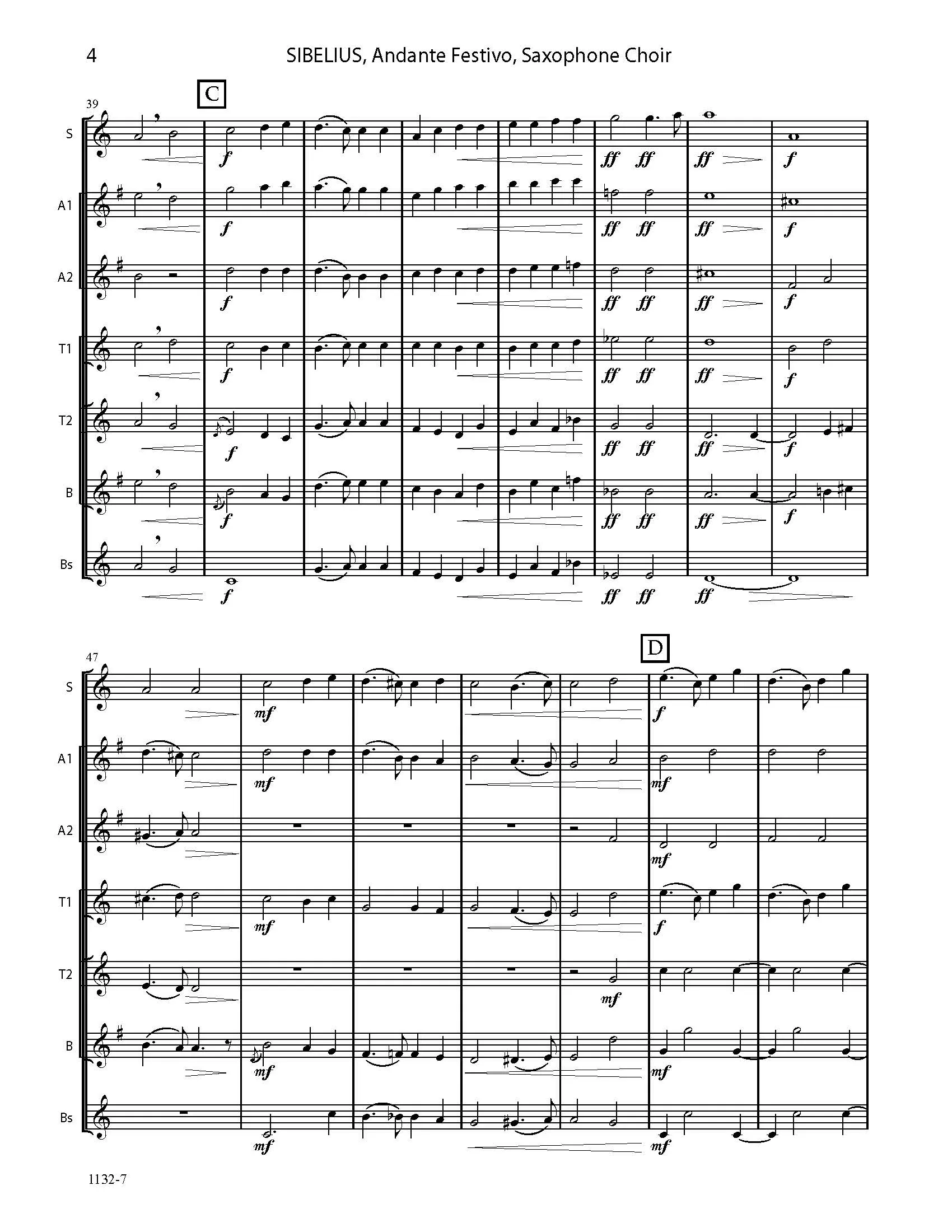
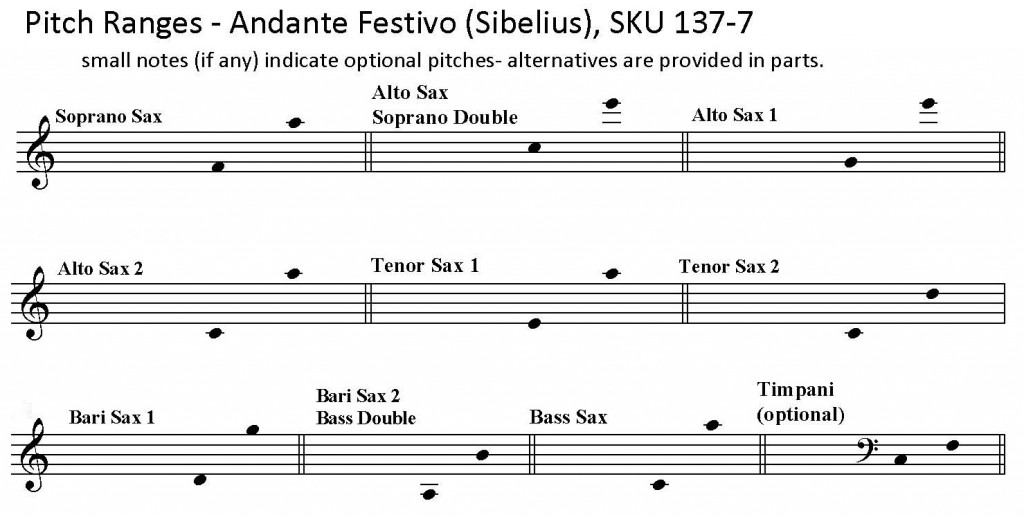
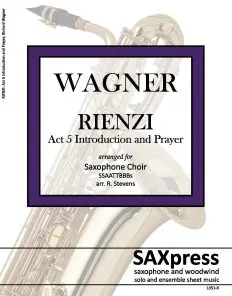

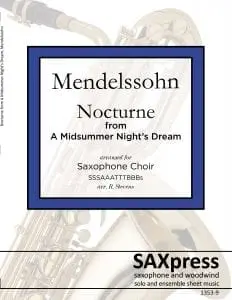
Reviews
There are no reviews yet.